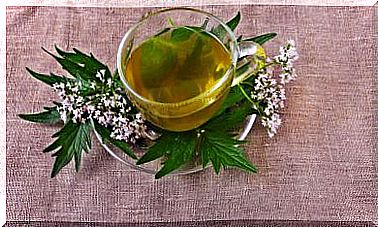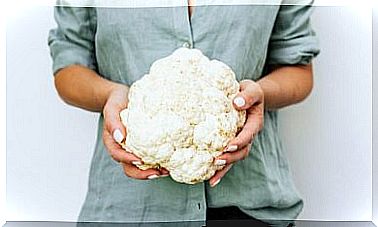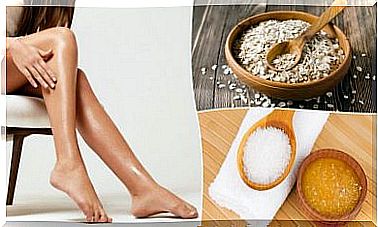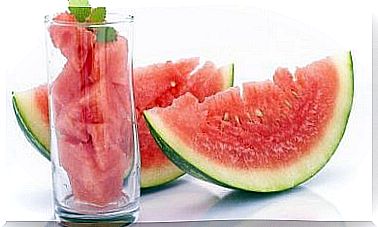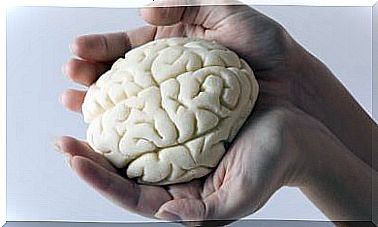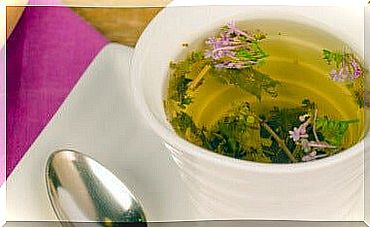How To Increase Good Cholesterol?
HDL cholesterol, or high-density lipoprotein, is commonly known as “good cholesterol . ” That said, it is important to know, on the one hand, that you should maintain a low total cholesterol level. And, on the other, it is equally important to increase the level of HDL cholesterol.
To do this, it is almost certain that we will have to introduce changes in our diet. Here are some dietary tips to help you increase your good cholesterol.
Keys to increasing good cholesterol or HDL
According to a publication in Vascular Health and Risk Management , a significant risk factor for atherosclerotic cardiovascular disease (ASCVD) is low high-density lipoprotein (HDL) cholesterol.
Therefore, it is essential to take steps to keep your levels stable, especially if blood tests show very low levels. According to data in the National Cholesterol Education Program, an ideal level of good cholesterol is 60 milligrams / deciliter (mg / dL) or more.
Likewise, it is considered low if it is below 40 mg / dL. Ideally, try to maintain an HDL level between 40 and 60 mg / dL, but more than 60 mg / dL. To do this, some keys are:
Follow the Mediterranean diet
The Mediterranean diet and eating models that are based on its principles are often beneficial in increasing levels of good cholesterol (HDL), while reducing levels of bad cholesterol and total cholesterol.
According to research published in BioMed Research International , products typical of the Mediterranean diet, such as artichoke, bergamot, and olive oil, have shown promising effects on increasing serum HDL levels.
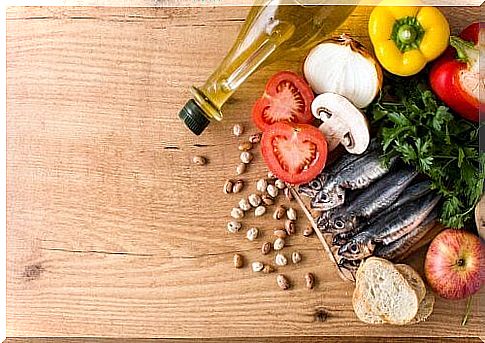
Increase your fiber intake
The consumption of foods rich in fiber is decisive in the control of cholesterol through diet. As a study published in the International Journal of Environmental Research and Public Health concludes , a higher intake of fiber in the diet is associated with an increase in HDL or good cholesterol.
It could also regulate high levels of total cholesterol and bad cholesterol. Thanks to this, its consumption is beneficial to reduce the risk of cardiovascular diseases. Some recommended sources of fiber are:
- Whole grains
- Nuts and seeds
- Fruits and vegetables
Limit your intake of trans fats
According to information published in the Mayo Clinic, it is essential to avoid the consumption of trans fats, since they raise bad cholesterol levels and lower the concentration of good cholesterol (HDL). This same medium highlights that foods rich in trans fats are:
- Cakes and cookies
- Fried foods
- Margarines
- Processed products
Consume sources of polyphenols
A review by the Food Science Research Institute of the Faculty of Medicine, Complutense University, Madrid, determined that foods rich in polyphenols can help reduce the oxidation of good cholesterol.
Therefore, it is convenient to include foods such as berries, cocoa, tea or blueberry juice in the diet.
Avoid tobacco
One of the greatest enemies of cardiovascular health is, without a doubt, tobacco. Smoking is linked to an increased risk of cardiovascular diseases such as arteriosclerosis.
According to research published in the Journal of Clinical and Diagnostic Research , nicotine in tobacco causes a significant decrease in good cholesterol, or HDL. In addition, it is associated with an increase in total and LDL cholesterol.
To do physical exercise
According to a series of recommendations published in Harvard Health , activities such as brisk walking increase HDL levels. However, other forms of aerobic exercise that increase the heart rate have an additional advantage in promoting the effects of HDL in the body.
Are you worried about having your good cholesterol levels lower than indicated? Either for prevention or because you have been diagnosed, follow these recommendations. Of course, make sure to keep a regular check with your trusted doctor.
